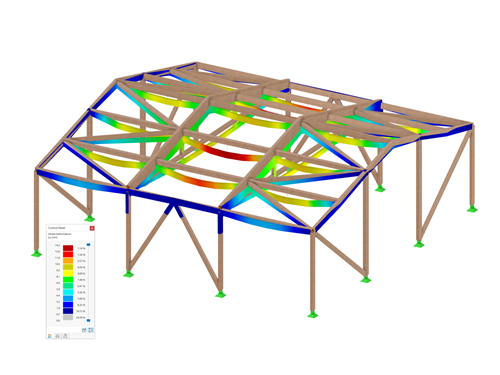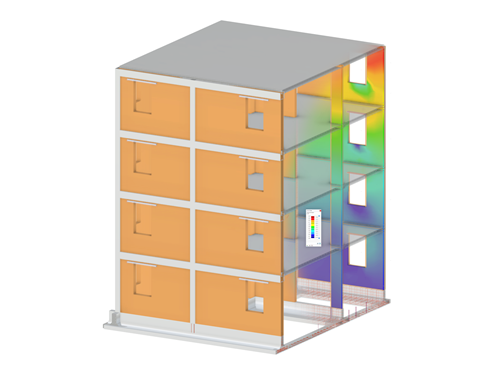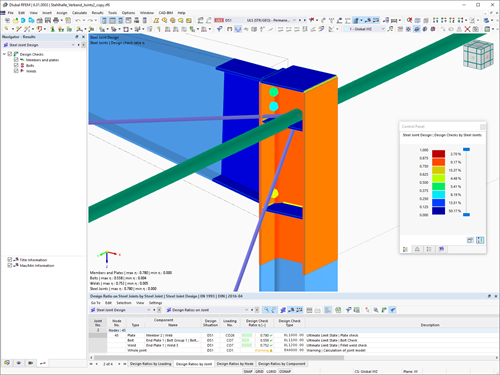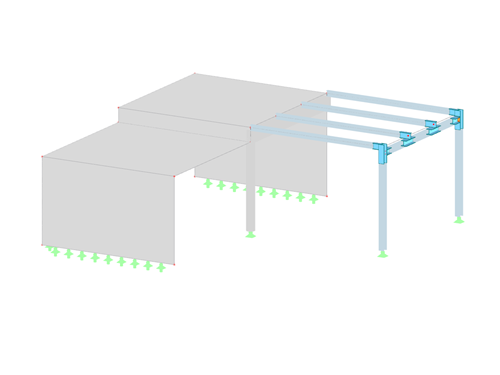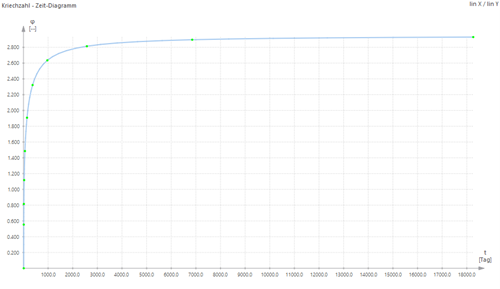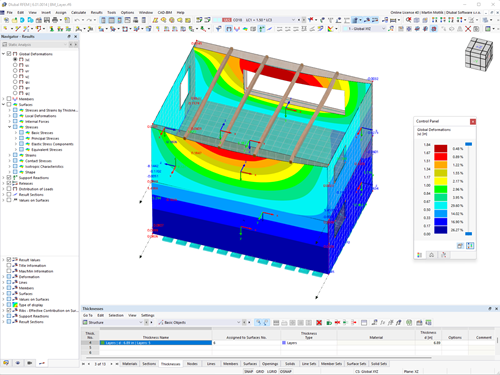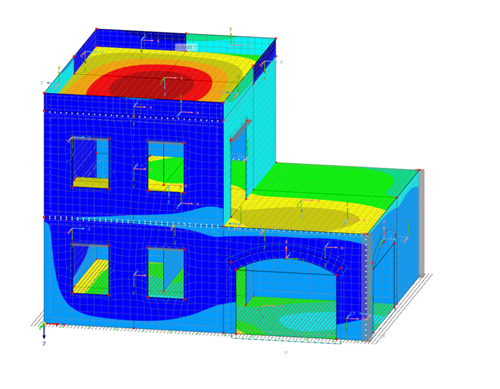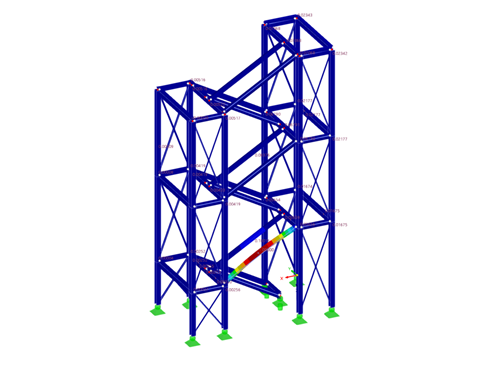The Timber Design add-on allows you to design timber members and surfaces according to various design standards. Cross-section resistance checks, stability analyses, and serviceability limit state design checks can also be performed. The input and result evaluation are completely integrated in the user interface of the structural FEA software RFEM and the frame & truss analysis software RSTAB.
This manual describes the Timber Design add-on for the RFEM 6 and RSTAB 9 programs.
The Masonry Design add-on activates special material models that have been developed for calculating masonry structures. This allows you to consider the masonry material in an FEM analysis.
In the calculation, internal forces and deformations are determined on the basis of stress-strain lines derived from the standardization. This means that the design is based on the standard.
This manual describes the Masonry Design add-on for the RFEM 6 program.
The Steel Joints add-on allows for the analysis of connections on the basis of an FE model. The design checks are carried out for various connection types for rolled and welded cross-sections. The input and result evaluation are completely integrated in the user interface of the structural FEA software RFEM.
This manual describes the Steel Joints add-on for RFEM 6.
In this tutorial, we would like to inform you about the essential features of the RFEM program. In the first part, a model was defined and a structural analysis carried out. Then the concrete and steel designs were performed in the following parts. This part now deals with the design of the steel connections according to EN 1993-1-8 with the CEN settings.
In this tutorial, we would like to inform you about the essential features of the RFEM program. In the first part, a model was defined and a structural analysis carried out. Then the concrete and steel designs were performed in the following parts. This part now deals with the design of the steel connections according to AISC 360-22.
For some structures, long-term effects such as creep, shrinkage, and aging can influence the distribution of internal forces. This time-dependent material behavior can be analyzed with the Time-Dependent Analysis (TDA) add-on, which is available in the RFEM 6 program.
The influence of the time-dependent material behavior can be analyzed for both members and surfaces. Creep effects are only taken into account for the material concrete.
The Torsional Warping (7 DOF) add-on allows you to consider the cross-section warping as an additional degree of freedom for a global calculation of members in RFEM and RSTAB. The input and result evaluation are completely integrated in the user interface of the structural FEA software RFEM and the frame & truss analysis software RSTAB.
This manual describes the Torsional Warping (7 DOF) add-on for the programs RFEM 6 and RSTAB 9.
The Multilayer Surfaces add-on allows you to define the layer structure of any material model. Another possible thickness type is the beam panel as a composite of members and surfaces. In the case of orthotropic materials, the individual layers can be rotated by an angle β, and thus it is possible to consider different stiffnesses by direction. The Multilayer Surfaces add-on is completely integrated in the user interface of the FEA program RFEM.
This manual describes the Multilayer Surfaces add-on for the RFEM 6 program.
This manual describes the topics of the webinar "Masonry Design of Using Finite Element Method in RFEM 6".
This webinar shows you how to model masonry structures in RFEM 6 and how to calculate them using the nonlinear orthotropic material model.
This manual describes the topics of the webinar "Stability and Warping Torsion Analyses in RFEM 6 and RSTAB 9".
In the webinar, a stability analysis of a staircase tower is carried out. It explains when and why a warping torsion analysis with 7 degrees of freedom is necessary. Furthermore, special attention is given to how you can create and combine local imperfections in RFEM 6 and RSTAB 9.
In the manual, all steps are carried out in RFEM 6, but the same also applies to RSTAB 9.
